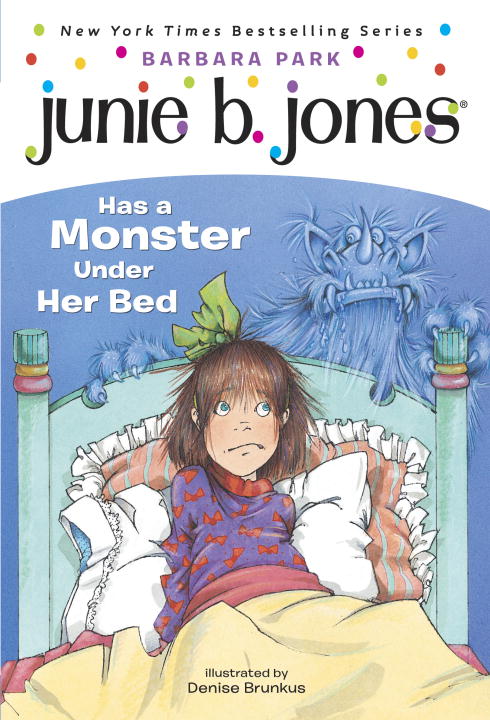In this two-part blog, two mothers and daughters share their challenges and triumphs as they navigate learning support tools, assistive technology, and misperceptions about dyslexia. This series includes remarks from a February 8 webinar hosted by Bookshare and Understood.
From Verbal Kindergartner to Struggling Reader
When Kayley was in kindergarten, she was verbal and outgoing, which reassured her mom, Alanna, a former hospital dietician. “I was confident that her language development was on track,” she recalls. “But by second grade, Kayley was in the lowest reading group, and I was concerned that her skills were not progressing.”
Kayley noticed it too. “It was hard for me to read basic chapter books, like the Junie B. Jones books that all my friends were reading,” recalls Kayley, now a high school senior in Northern California. Alanna shared her concerns with Kayley’s teacher, but since Kayley was reading at grade level, the school didn’t recommend testing. Alanna still had doubts, so she consulted their pediatrician who recommended a full evaluation and diagnosed Kayley with dyslexia. “It really helped that we identified Kayley’s learning differences early,” says Alanna.
Sight Words Were Impossible
Ella has a similar story. “When Ella was in kindergarten, she had trouble learning letters and sounds,” says, Beth, her mom and an Assistive Technology/Augmentative and Alternative Communication consultant. At the end of first grade, her teacher suggested working on sight words, but they gave up after one week because Ella couldn’t remember any of the words. “Ella had to work extra hard just to be average,” says Beth.
“In third grade, I noticed that I was getting pulled out of class to work on fluency and decoding while everyone else was working on comprehension,” recalls Ella, now a high school junior in Minnesota. “I couldn’t read more than a few paragraphs while my friends were all reading chapter books.” In fifth grade she was tested and diagnosed with dyslexia and dysgraphia, so Ella got an IEP with accommodations including Bookshare.
Kayley Experiments with Accessible Ebooks and Assistive Technology
Once Kayley received the dyslexia diagnosis, she participated in Orton-Gillingham reading remediation from third through fifth grade. Then she added Bookshare and assistive technology (AT) and slowly transitioned to an increased use of AT. Kayley uses Voice Dream Reader, a third-party reading app compatible with Bookshare that offers karaoke-style highlighting and text-to-speech (TTS) audio support. She experimented with different settings and set up a customized reading environment.
“I prefer the open dyslexic font because it helps my eyes track the words on the page,” says Kayley. “I also like the Samantha voice that I can understand really well. I let the computer read aloud to me. The audio with the text helps me with decoding and visual processing.”
“With these tools I can make annotations using color coding. It’s easy to search for specific information or quotes for papers,” she explains. Other favorite tools include Otter.ai, which is an app for dictation and transcribing audio files, and Grammarly, Notability, and Inspiration Maps. Kayley is proud to share that she reads more books than her age every year. Since she is now 17, that’s an impressive number of books!
Technology Accommodations Make a World of Difference for Ella
“Ella started using Bookshare in fourth grade, and it made a world of difference. It helped her read entire books and be able to participate in book challenges,” says Beth. Now, in high school, Ella primarily uses Read&Write for Chrome to take notes and use other interactive features while reading ebooks.
“Bookshare helps me keep up with assignments since I can use screen readers to read the text back. I also use the Google Docs speech-to-text feature for writing, an app called Text Grabber, and my C-Pen scanner to support my learning,” explains Ella.
Kayley and Ella Now Read with Confidence
“Bookshare has allowed Kayley to enjoy books at a much faster pace,” says Alanna. She uses the public library and Common Sense Media book recommendations to find books that she downloads from Bookshare. “Now she enjoys reading and it’s a comfort in spite of being difficult at first,” she adds.
Once Ella had the resources she needed to read, her confidence went through the roof,” says Beth. She no longer had to depend on others to read to her, and her reading level just kept improving. She goes to the media center, finds books to read, and then downloads them from Bookshare. Although Ella still has difficulty reading aloud, she wouldn’t be in AP classes without Bookshare. “Bookshare helps Ella read faster which leaves her more time to apply her knowledge in other ways. Bookshare has been a total life-changing experience,” adds Beth.
Learn more about resources for struggling readers
In Part 2, Beth and Alanna offer advice and resources for parents with neurodivergent kids.

